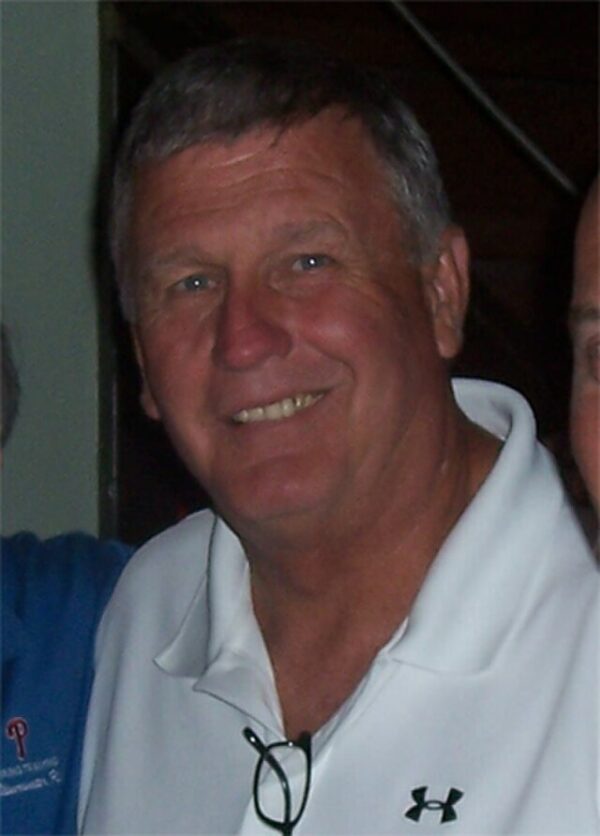It’s a day that changed the game of baseball forever, but few know its anniversary. On September 25, 1974, Dr. Frank Jobe performed the first-ever ulnar collateral ligament (UCL) replacement surgery on Major League Baseball pitcher Tommy John, revolutionizing the world of sports medicine. This procedure, later known as “Tommy John surgery,” changed the trajectory of careers not only for athletes but also for the field of orthopedic surgery.
Tommy John was an accomplished left-handed pitcher for the Los Angeles Dodgers when, during a game in July of 1974, he felt a sudden, excruciating pain in his elbow. The injury rendered him unable to pitch, and at the time, such an injury often marked the end of a pitcher’s career. The UCL, a critical ligament on the inside of the elbow, bears significant stress during a throwing motion. Before Dr. Jobe’s intervention, damage to this ligament was effectively career-ending, with no reliable medical solution to restore full functionality.
Faced with potentially retiring from professional baseball, Tommy John sought out Dr. Frank Jobe, a respected orthopedic surgeon and the Dodgers’ team doctor. Jobe had been experimenting with surgical techniques that might offer a solution to athletes suffering from UCL injuries. After assessing the damage, Jobe proposed an experimental procedure to replace the damaged ligament with a tendon from another part of John’s body. Though the surgery had never been performed before, Tommy John agreed to it, fully aware that his career might still be over if it failed.
The surgery itself was a groundbreaking moment in sports medicine. Dr. Jobe replaced John’s damaged UCL with a tendon taken from his forearm, weaving it through holes drilled into the humerus and ulna bones. This technique was highly innovative and involved creating a new ligament from existing tissue, allowing it to function similarly to the original UCL. The operation took hours, and even though the surgery was technically successful, Dr. Jobe gave John only a one in one hundred chance of ever pitching again. The recovery process was grueling, taking over a year before Tommy John could even begin throwing a baseball again.
However, the results were nothing short of miraculous. Tommy John not only returned to baseball but went on to pitch for another 14 years, amassing 164 wins post-surgery. His comeback cemented the success of the procedure and quickly attracted attention across professional sports. What was once considered a career-ending injury for pitchers now had a possible solution. Dr. Jobe’s surgery opened the door to many pitchers extending their careers, allowing them to return to peak performance after recovering from what had previously been a devastating injury.
As word of the surgery’s success spread, athletes from various sports began undergoing the procedure. By the 1980s, it had become a relatively common operation, with advancements improving recovery times and success rates. Today, Tommy John surgery is practically routine in baseball and is also used in other sports where repetitive arm motions place stress on the elbow, such as tennis and javelin throwing.
Dr. Jobe’s pioneering work didn’t just save Tommy John’s career; it transformed the field of sports medicine. The procedure set the stage for modern orthopedic advancements, particularly in treating ligament injuries. While initially an uncertain experiment, Tommy John surgery is now considered one of the most successful surgical interventions in sports, with an estimated 85-90% success rate among athletes who undergo it. Many players even return to perform better than before the injury, thanks to refined surgical techniques and improved rehabilitation protocols.
Though Dr. Jobe passed away in 2014, his legacy lives on through the countless careers saved by Tommy John surgery. Tommy John himself, now retired, became an advocate for the procedure and the benefits of sports medicine advancements. The surgery has since become a symbol of perseverance and recovery, a beacon of hope for athletes facing what was once considered insurmountable injuries. September 25, 1974, stands as a milestone in the history of sports medicine, marking the day when a groundbreaking surgery gave athletes a second chance at greatness.






